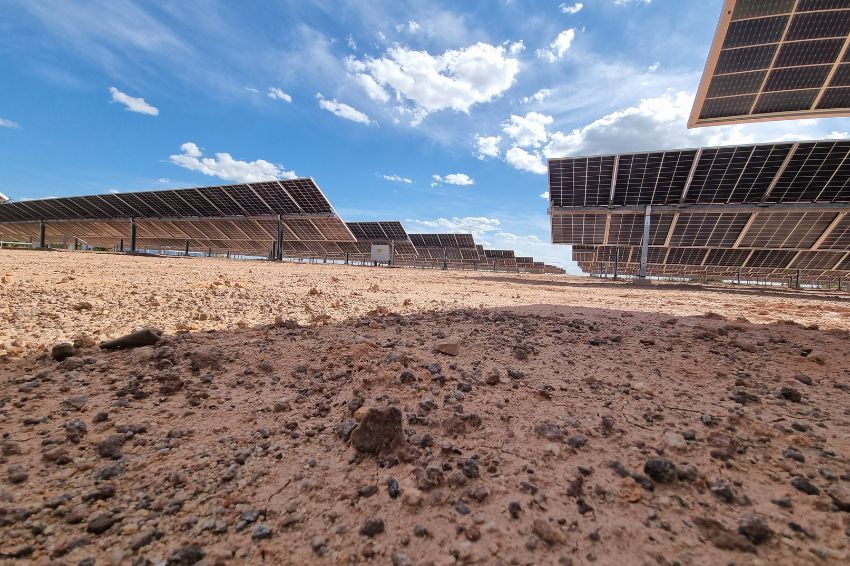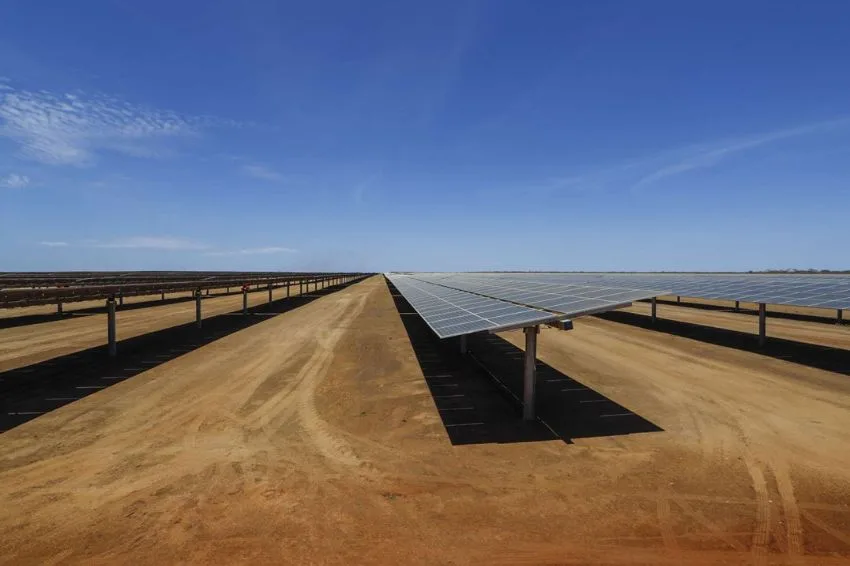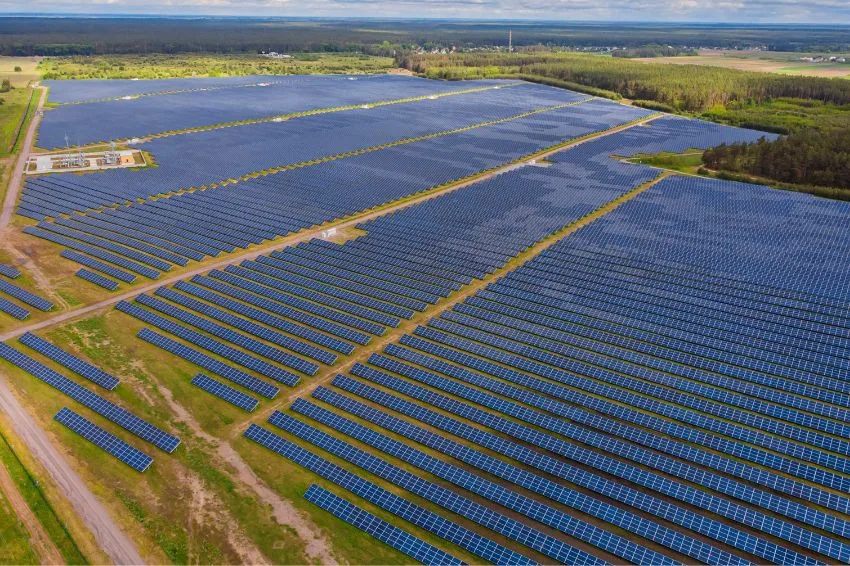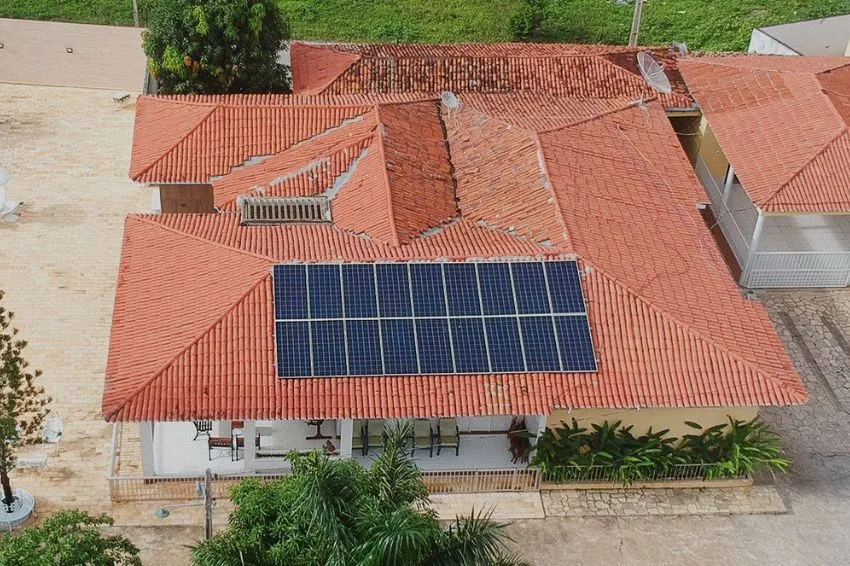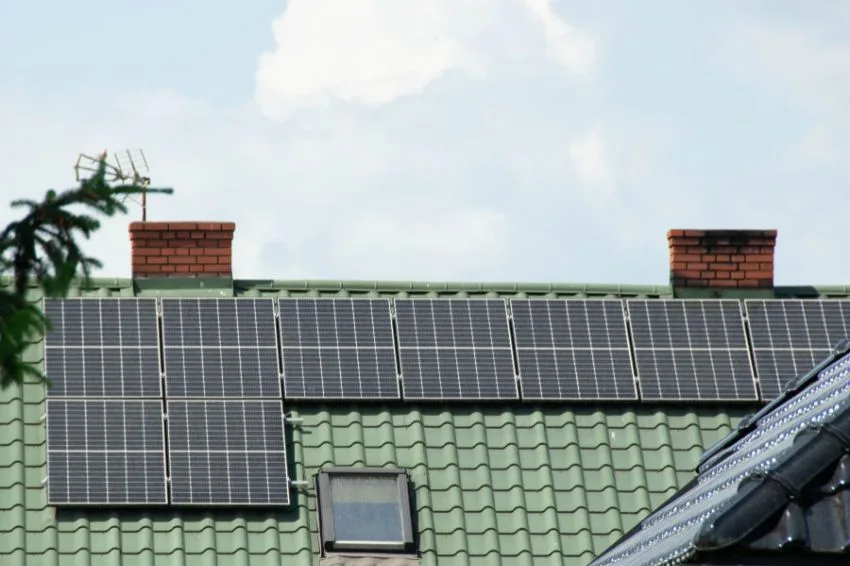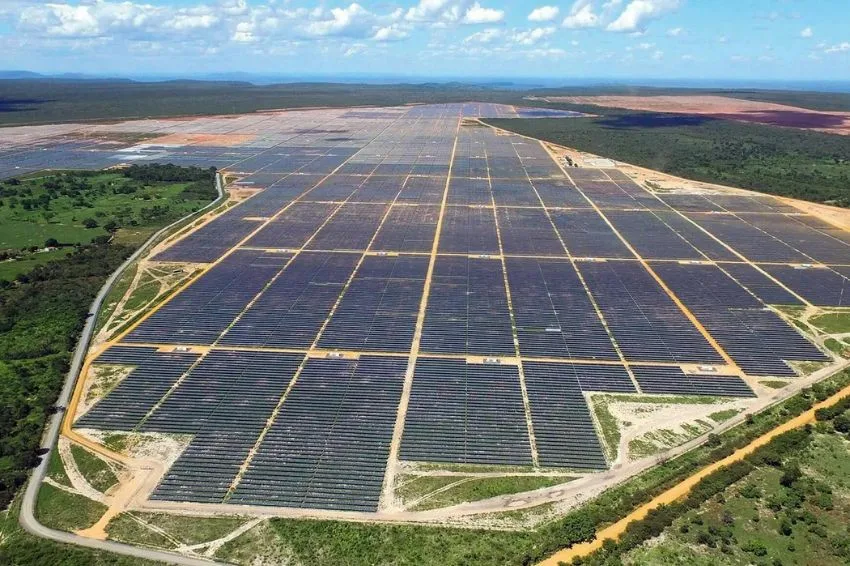O Brazil has just reached, this Wednesday (05), the 20 GW mark of operational capacity in photovoltaic solar energy plants, adding the segments of distributed generation (13,478 GW) and centralized (6,523 GW), according to data from ANEEL (National Electric Energy Agency).
The numbers show that the milestone was achieved due to the accelerated growth of both segments in 2022, with micro and mini solar generation systems standing out a little more in relation to large photovoltaic plants.
In In just over a year, the country doubled its installed power, jumping from 10 GW on August 20, 2021 to the current 20 GW.
This year alone, the Solar DG recorded an increase of 46.5% in its installed power, jumping from 9.2 GW on January 1st to the current 13.48 GW. In the last three months, more than 1.29 GW were added.
The modality also accounts for more than 1.28 million photovoltaic systems installed throughout the country since the beginning of the source expansion, an increase of more than 87% compared to the same period last year, when there were only 686 thousand units installed.
The segment of Solar GC accounted for more than 40% of growth in the year: rising from 4.63 GW to 6.52 GW of operational power. In the last 30 days, more than 1 GW was added to the SIN (National Interconnected System).
In addition to the plants in operation, Brazil also has other 4.78 GW in projects with construction started and 60.4 GW in projects with construction not yet started. Currently, large photovoltaic plants already account for 3.52% of the national energy matrix, according to ANEEL.
Benefits
According to Guilherme Chrispim, president of the Brazilian Association of Distributed Generation (ABGD), “the evolution of the solar matrix is essential for Brazil, as we are talking about a clean and renewable source”.
“In this context, it is worth highlighting DG, or own energy generation, which accounts for around 2/3 of the installed power of this source in Brazil. As a consequence, the solar array reached third place among the main energy sources in the country, with a real chance of soon reaching second place, currently occupied by wind energy”, he added.
“A large part of this evolution is due to distributed generation, the energy modality that has added the most installed power to the energy system in the last two years. GD should end 2022 with double the power compared to December 2021”, he highlighted.
“No other modality grows as fast as GD in Brazil. It is also worth highlighting that 85% of this power comes from microgeneration, which proves that DG is also the most democratic modality among all sources”, he concluded.
According to data from ABSOLAR (Brazilian Association of Photovoltaic Solar Energy), the photovoltaic sector has already brought the country more than R$ 97.8 billion in new investments and R$ 26.5 billion in revenue to public coffers.
The source has also been responsible for creating more than 559.6 thousand jobs and for preventing the emission of more than 27 tons of carbon dioxide into the atmosphere in the last ten years. In 2021, the Brazil was the sixth country with the most jobs created, ahead of historical leaders in the sector, such as Germany and the United Kingdom.


